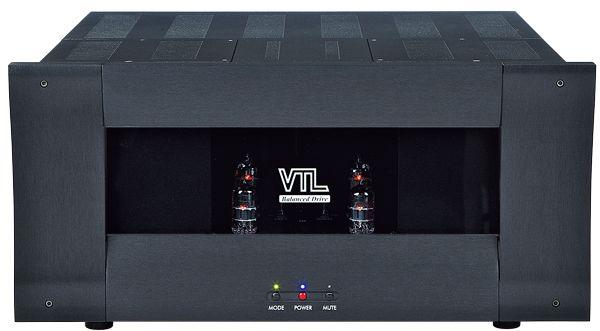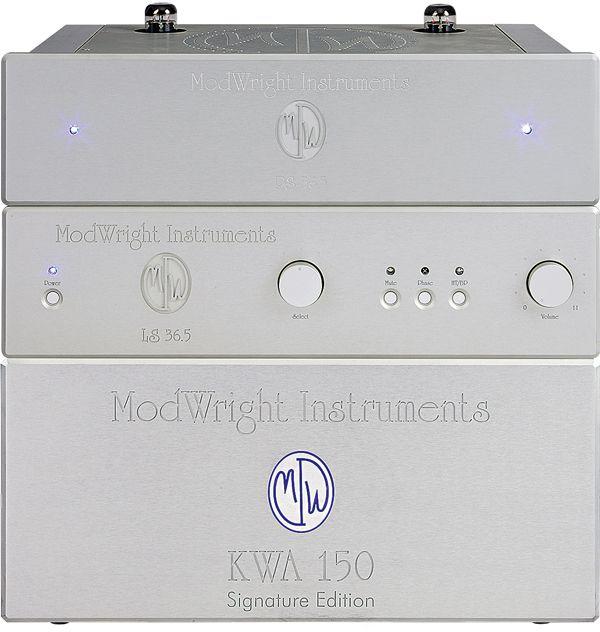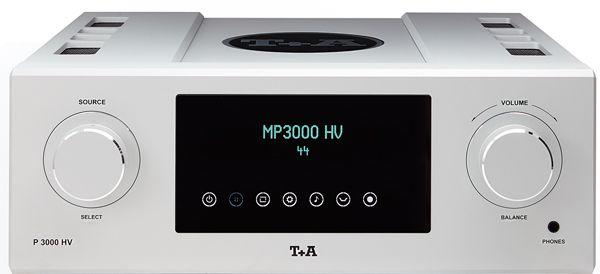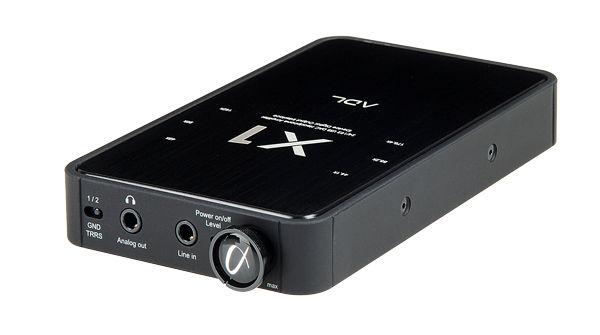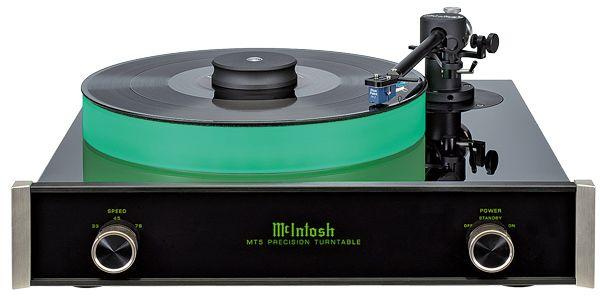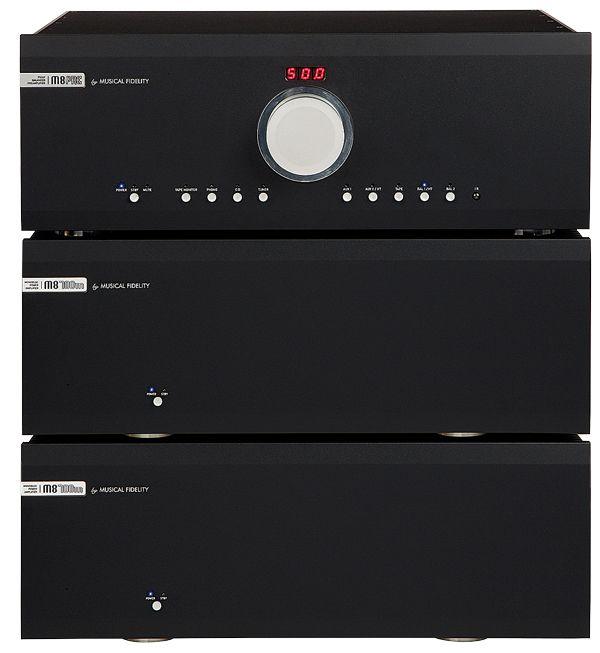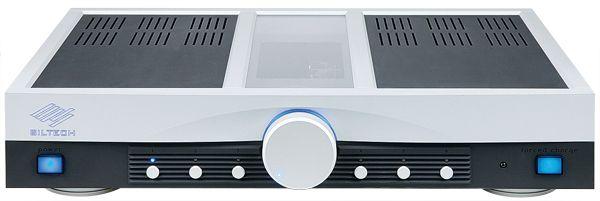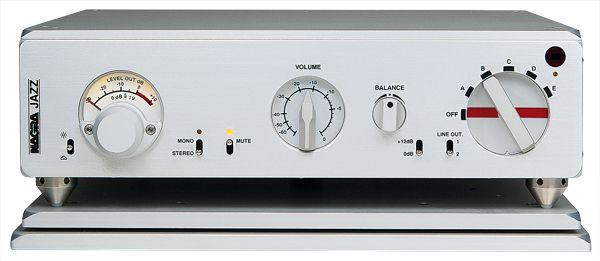Pre/Power Amplifiers
Sort By: Post Date TitlePublish Date
|
Jan 20, 2015
|
Jan 20, 2015
|
Jan 20, 2015
|
Dec 22, 2014
|
Nov 13, 2014
|
Nov 13, 2014
|
Nov 13, 2014
|
Nov 11, 2014
|
Jan 15, 2012
